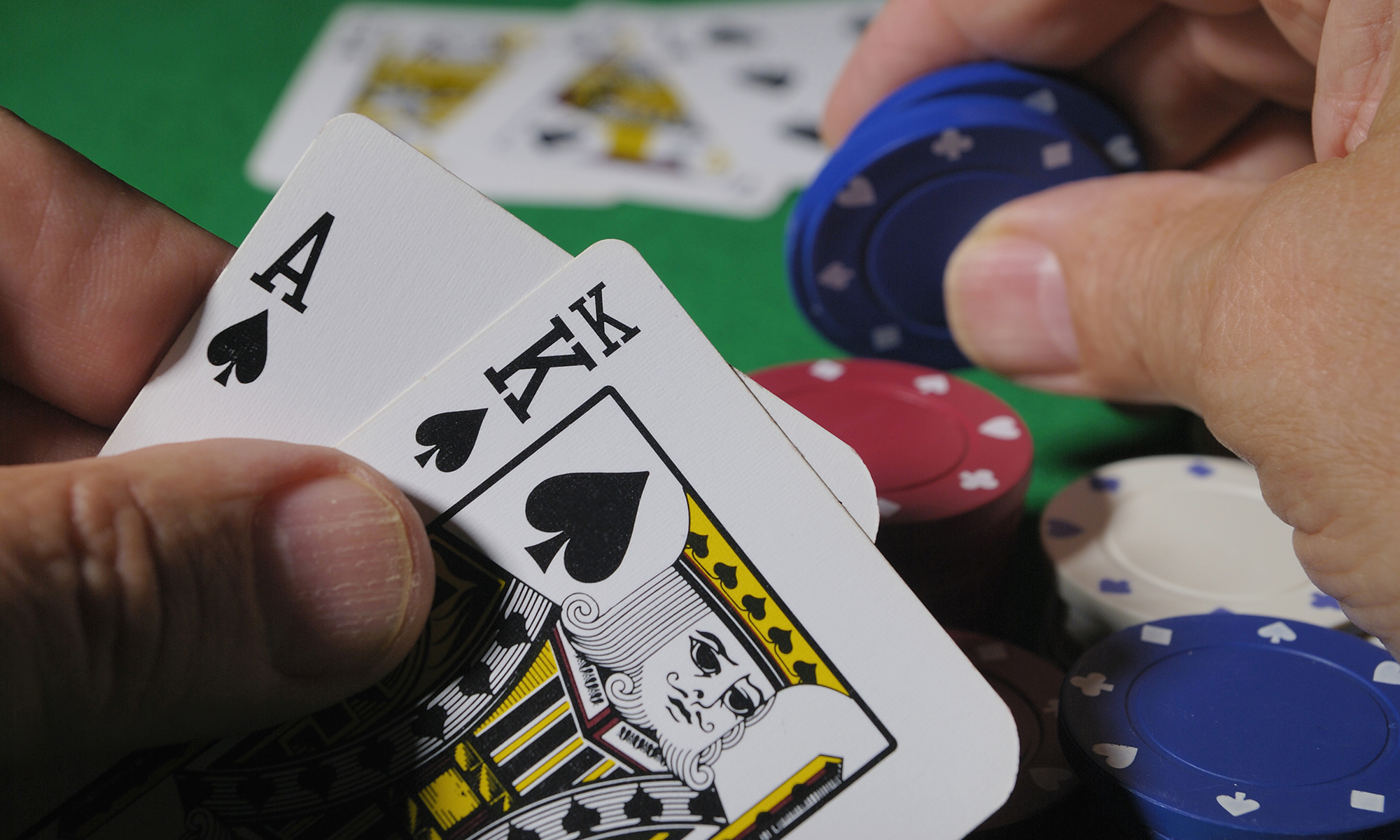Introduction
What Is A Push In Sports Betting: In the thrilling world of sports betting, where excitement and anticipation run high with every wager, the concept of a “push” is a crucial and familiar term among seasoned bettors. Sports betting is not just about predicting the outcome of a game or event; it involves understanding various nuances that can impact the betting results. A “push” is one such factor that can affect the outcome of a bet and warrants a closer examination.
In the realm of sports betting, a “push” refers to a specific outcome that occurs when the final result of a sports event aligns precisely with the point spread or total line set by the sportsbook. When a push occurs, it essentially results in a tie between the bet and the betting line, leading to neither a win nor a loss for the bettor. The original stake is returned to the bettor, and no additional winnings or losses are incurred.
Understanding the concept of a push is essential for any bettor seeking to navigate the intricacies of sports betting and make informed decisions. It helps bettors grasp the potential outcomes of their wagers, manage risks effectively, and develop strategies that maximize their chances of success. By comprehending when and how a push can occur, bettors can make educated choices in selecting betting options and explore alternative markets to avoid potential ties. In this article, we will delve into the nuances of a push in sports betting, explore its implications in different bet types, and provide practical insights to help bettors enhance their overall betting experience.

What is a push in sports betting parlay?
What Happens if a Bet in a Parlay Pushes? If one or multiple bets within a parlay pushes, you don’t lose the parlay. The pushed bets are disregarded, and the parlay’s odds (and potential payout) are recalculated without the pushed bet(s).
In sports betting, a “push” refers to a specific outcome in a parlay bet where one or more of the individual bets within the parlay results in a tie or is considered void. A parlay bet involves combining multiple individual bets into a single wager, and all of the individual bets must win for the parlay to be successful. If one or more of the individual bets in the parlay results in a push, it affects the overall outcome of the parlay bet.
When a push occurs in a parlay, the bet neither wins nor loses. Instead, the bet is essentially canceled for that particular leg of the parlay. The odds of the pushed bet are returned to the bettor, and the parlay continues without that specific leg. In this scenario, the parlay becomes a bet with one fewer selection, and the potential payout is adjusted accordingly.
For example, suppose a bettor places a parlay bet on three different NFL games, picking the winners of each game. If two of the games are won, and the third game ends in a tie or is canceled, the bettor would receive the odds and winnings for the two winning games, and the third leg would be considered a push. The parlay would still be valid, but it would now be a two-team parlay instead of a three-team parlay, resulting in a lower potential payout.
Pushes in parlay bets can be somewhat frustrating for bettors since they reduce the potential winnings, but they are part of the risk and excitement of engaging in parlays. Bettors should be aware of the rules and terms regarding pushes at their chosen sportsbook to understand how they affect their parlay bets.
How do you avoid push in sports betting?
Half Points Instead of Full Points
Using half points in lines eliminates the possibility of a push. For instance, a basketball game over/under has a line of 127 points. If the total is exactly 127 points, the bet is a push in this situation since the teams did not go over or under the total.
In sports betting, it is not possible to completely avoid a push in all situations, as certain outcomes in sports events may lead to a tie or cancellation, resulting in a push. However, there are some strategies and approaches that bettors can use to minimize the likelihood of encountering a push and increase the potential for winning bets:
1. Research and analysis: Thoroughly research and analyze the teams or participants involved in the bet. Understanding their strengths, weaknesses, recent form, and head-to-head records can help in making more informed betting decisions.
2. Consider alternative markets: Instead of betting on traditional moneyline or point spread markets, explore other betting options that don’t involve ties or cancellations. For example, betting on over/under totals, player props, or specific game events can eliminate the possibility of a push.
3. Parlay with caution: While parlays offer attractive payouts, they also come with a higher risk of encountering pushes due to multiple selections. Consider using smaller parlays or combining bets in ways that minimize the impact of a push.
4. Look for tiebreakers or additional rules: In some sports or betting markets, tiebreakers or additional rules may apply to prevent pushes. Understanding these rules can help you make more strategic bets.
5. Shop around for sportsbooks: Different sportsbooks may have slightly different rules and payout structures. Shopping around for the best odds and terms can be beneficial in avoiding or mitigating the impact of pushes.
What is a push in betting example?
Sports betting push examples
Spread: A push can happen when the line is a whole number, such as 3 or 7 points. Example: Golden State Warriors -3 over Boston Celtics. If Golden State wins by exactly three points, the bet is a push.
A push in betting occurs when the final result of a sports event lands exactly on the point spread or total line, resulting in neither a win nor a loss for the bettors who wagered on that particular outcome. It essentially renders the bet null and void, and the bettors receive their original stake back without any winnings or losses.
Let’s consider an example of a push in betting using a point spread:
Example: NFL Football Game
Team A vs. Team B
Point Spread: Team A -3.5
If a bettor places a bet on Team A to win by more than 3.5 points, they need Team A to win by four or more points to win the bet. If Team A wins by exactly 3.5 points, it’s considered a push. In this case, the bettor’s original stake is returned, and there are no winnings or losses.
Suppose the final score of the game is Team A 24, Team B 20. Since Team A won by exactly 3.5 points, the point spread bet results in a push.
Similarly, a push can also occur with over/under bets (totals) in sports betting. If the combined score of the teams equals the total line, it’s a push, and bettors get their original stake back.
A push is not a desired outcome for bettors, as it essentially results in a tie, and the bettors don’t make any profit or suffer a loss. It’s essential for bettors to understand the possibility of a push in different bet types and consider strategies to minimize its impact on their overall betting success.

What is push vs void in betting?
A bet is graded a push when your bet neither wins, or loses. As a result the sportsbook returns your stake to you. Pushes differ from void bets because in a push the event is completed and bets are graded.
In sports betting, both “push” and “void” refer to outcomes where the bet neither wins nor loses, but there are slight differences in their implications.
1. Push: A push occurs when the final result of a sports event lands exactly on the point spread or total line, resulting in a tie between the bet and the sportsbook. In this situation, the bettor’s original stake is returned, and there are no winnings or losses. Essentially, the bet is canceled or “pushed” back to the bettor.
For example, if the point spread is Team A -3 and Team A wins by exactly 3 points, it’s a push. Likewise, if the total line is set at 45 points, and the final score is 23-22, resulting in a total of 45 points, it’s also a push.
2. Void: On the other hand, “void” refers to a situation where a bet is canceled or made null and void before the event takes place. This can happen due to various reasons, such as a change in the event schedule, a player withdrawal, or any other circumstances that may affect the outcome of the bet.
When a bet is voided, the original stake is returned to the bettor, and the bet has no impact on the betting results or payouts. It’s as if the bet was never placed.
What is a push in sports betting?
In sports betting, a push occurs when the result of a bet is a tie, also known as a “no action” bet. This means that neither the bettor nor the bookmaker wins or loses, and the bettor’s stake is returned.
In sports betting, a “push” refers to a specific outcome in a bet where the final result of a sports event lands exactly on the point spread or total line set by the sportsbook. When a push occurs, it means the actual outcome matches the betting line, resulting in neither a win nor a loss for the bettors who wagered on that particular outcome.
For point spread bets, a push happens when the favored team wins by the exact number of points specified in the point spread. Similarly, in totals or over/under bets, a push occurs when the combined score of the teams matches the total line.
When a push happens, the bettors’ original stake is returned to them, but they do not receive any winnings. The bet is essentially canceled or “pushed” back to the bettors, and it has no impact on their overall betting results.
Pushes are relatively common in sports betting, especially when the point spread or total line is set at a whole number or half-point to avoid ties. The sportsbook aims to balance the betting action, and pushes help achieve that goal.
While a push means bettors do not lose their original stake, it’s not a desired outcome, as it prevents them from making a profit. To avoid pushes, bettors can consider betting on half-point lines or using alternative betting markets. Understanding the possibility of a push is crucial for bettors to manage their bankroll and make more informed betting decisions.
Is a push a winning or losing outcome in sports betting?
A push in sports betting is neither a winning nor a losing outcome. It occurs when the final result of a sports event matches the point spread or total line set by the sportsbook, resulting in a tie between the bet and the betting line. In other words, the actual outcome matches the predicted outcome, leading to a canceled bet.
When a push happens, the bettors’ original stake is returned to them, and they do not gain any additional winnings. While it may seem like a disappointment for bettors, a push serves as a form of protection for both the bettor and the sportsbook.
For point spread bets, a push happens when the favored team wins by the exact number of points specified in the spread. In totals or over/under bets, a push occurs when the combined score of the teams matches the total line.
The occurrence of pushes is relatively common, especially when the point spread or total line is set at whole numbers or half-points. This intentional setting helps prevent ties and ensures that the sportsbook does not incur significant losses.
Bettors need to understand the possibility of a push when placing their bets and should consider alternative betting options or lines that reduce the likelihood of encountering a tie. While a push results in no winnings, it also means that the original stake is not lost, providing a measure of security and a chance to reassess betting strategies for future events.
How does a push affect parlay bets?
In parlay bets, a push can have different effects depending on the specific rules of the sportsbook or the type of parlay bet placed. The impact of a push in a parlay is primarily determined by whether the pushed leg is an individual bet or a part of a multi-leg parlay.
1. Push as an Individual Bet: If one of the individual bets within a parlay results in a push, that specific bet is treated as void, and the bettor’s stake for that particular leg is returned. The rest of the parlay remains intact, and the payout calculation continues based on the remaining winning legs. In this case, the parlay is effectively reduced to a bet with one less selection.
2. Push as Part of a Multi-Leg Parlay: When a push occurs as part of a multi-leg parlay, the overall impact depends on the sportsbook’s rules. Some sportsbooks consider a push as a loss, which means the entire parlay bet is a loss even if all the other legs were successful. Other sportsbooks may treat the push as a void for the entire parlay, resulting in the bettor’s original stake being returned, but no additional winnings.
It’s essential for bettors to be aware of the specific rules and terms of their chosen sportsbook regarding pushes in parlay bets. Additionally, understanding how pushes are handled can influence bettors’ strategies and decisions when placing parlays, as they seek to maximize their potential winnings and manage risks effectively.
What are some common situations that result in a push in sports betting?
Several common situations in sports betting can result in a push:
1. Point Spread Ties: When the point spread is set at a whole number or a half-point, it can lead to ties if the favored team wins by exactly that margin. For example, if the point spread is -3, and the favored team wins by three points, it’s a push.
2. Total Line Matches: In over/under or totals bets, a push occurs when the combined score of both teams matches the total line set by the sportsbook. For instance, if the total line is 48 points, and the final score is 24-24, it’s a push.
3. Cancelled or Postponed Events: If a sports event is canceled or postponed for any reason, all bets on that event may be voided, resulting in a push for affected bets.
4. Player Withdrawals: In certain individual sports, such as golf or tennis, if a player withdraws before the event’s completion, bets involving that player may be voided, leading to a push.
5. Handicap or Asian Handicap Bets: In handicap bets, a push can occur if the outcome aligns precisely with the specified handicap value. Asian handicap bets with whole numbers may also result in pushes if the teams’ goal margin matches the handicap.

Conclusion
A “push” is a common and significant concept in sports betting, where the final outcome of a sports event aligns precisely with the point spread or total line set by the sportsbook. It results in a tie between the bet and the betting line, leading to neither a win nor a loss for the bettor. While a push may not be the desired outcome for bettors, it serves as a form of protection and fairness in sports betting.
Understanding the occurrence of pushes is crucial for bettors as it influences their overall betting strategies and decision-making process. Bettors need to be aware of the specific rules and terms of their chosen sportsbook regarding pushes, as the treatment of pushes may vary from one sportsbook to another.
Minimizing the impact of pushes can be achieved through strategic betting. Bettors can explore alternative betting markets, such as half-point lines, to avoid potential ties. Additionally, considering individual bet outcomes and employing caution when placing parlays can help manage the likelihood of pushes.
While pushes may not contribute to immediate gains, they provide bettors with a chance to reassess their betting strategies and make more informed decisions for future bets. Responsible and educated betting practices, including understanding the possibility of pushes, are crucial for bettors to enjoy a rewarding and enjoyable sports betting experience.
By comprehending the nuances of a push in sports betting, bettors can navigate the complexities of the betting world with confidence, optimize their potential for success, and make the most out of the exhilarating journey that sports betting offers.










